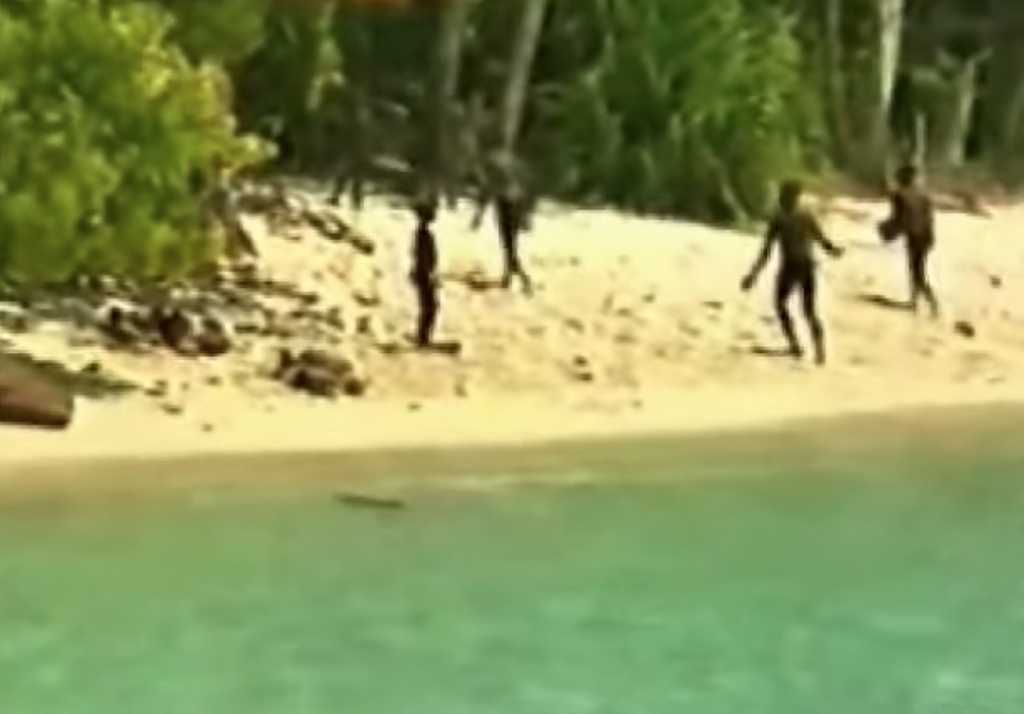Indian authorities seeking to investigate the murder of an American missionary at the hands of an ancient tribe have been involved in a tense standoff with the group after attempting to locate the victim’s body.
John Allen Chau, 27, was shot dead by the bow and arrow-wielding ancient tribespeople of North Sentinel Island, which is located in the Bay of Bengal. But when authorities attempted to approach the restricted island with the aim of recovering Chau’s body, they were involved in an armed standoff with the remote people group.
According to the South China Morning Post, a police team took a boat to just off the Indian-owned North Sentinel island Saturday, when they spotted members of the Sentinelese tribe standing at the spot where Chau was last seen. Officers took a closer look at the shoreline with binoculars, taking note of the fact that the tribe was heavily armed with bow and arrows.
https://twitter.com/LamaPrawesh/status/1065920207644962816
“They stared at us and we were looking at them,” said the region’s police chief, Dependra Pathak said.
The boat quickly withdrew from the area to avoid any armed confrontation. Police are continuing in their efforts to recover the slain missionary’s body without disturbing the tribe, who are heavily protected by the Indian government. Mystery still surrounds the final moments of John’s life, though reports from the local fishermen who transported him to its the treacherous shores say he was struck with arrows when attempting to call out Christian phrases as he walked up the beach. The same fishermen also noted that they observed the tribesmen burying Chau’s body on the beach.
This is not the first time the Sentinelese tribe have shown deadly force. In 2006, two fishermen strayed to North Sentinel’s beaches and quickly found themselves under attack. A week after their slaying, the bodies of the two Indians were strung up on bamboo, facing out to sea.
“It was a kind of scarecrow,” Pathak noted, adding that the police are “studying the 2006 case” in a bid to learn how best to approach the hostile people group.
Indeed, when a rescue helicopter landed on the island in an attempt to locate the missing fishermen, it too came under fierce attack. “They were just 200 meters away and were attacking my helicopter with everything they had – arrows were flying everywhere,” said Commandant Praveen Gaur, according to NDTV. “I was on the ground on North Sentinel Island. The rotors of my chopper were running. In moments, my crew and I would have been captured and killed.”
Though the crew escaped unscathed, Gaur said that the tribe’s arrows were flying up to a “height of 100 feet,” with the tribal warriors demonstrating formidable skill.
As the perilous search for Chau’s body continues, Pathak said that authorities are “asking anthropologists what they do when they kill an outsider,” in order to develop their understanding of the group’s defensive mindset. “We are trying to understand the group psychology.”
The Indian government strictly prohibits visitors from making contact with the Sentinelese tribe in a bid to keep them safe from diseases against which they would have no immunity. Despite this being enforced via the Andaman and Nicobar Islands Protection of Aboriginal Tribes Act of 1956, however, a recent relaxing of the rules may have made it easier for Chau to access the remote tribe.
The June 29 Union Home Ministry notification withdrew 29 Islands, including North Sentinel, from the Restricted Area Permit (RAP). This was a move, they said, to enable anthropologists and researches broader access to the territory. Others, however, have argued that the government was attempting to boost tourism and that their decision was reckless considering both the danger posed to those visiting and the risk of infection for the tribespeople.



